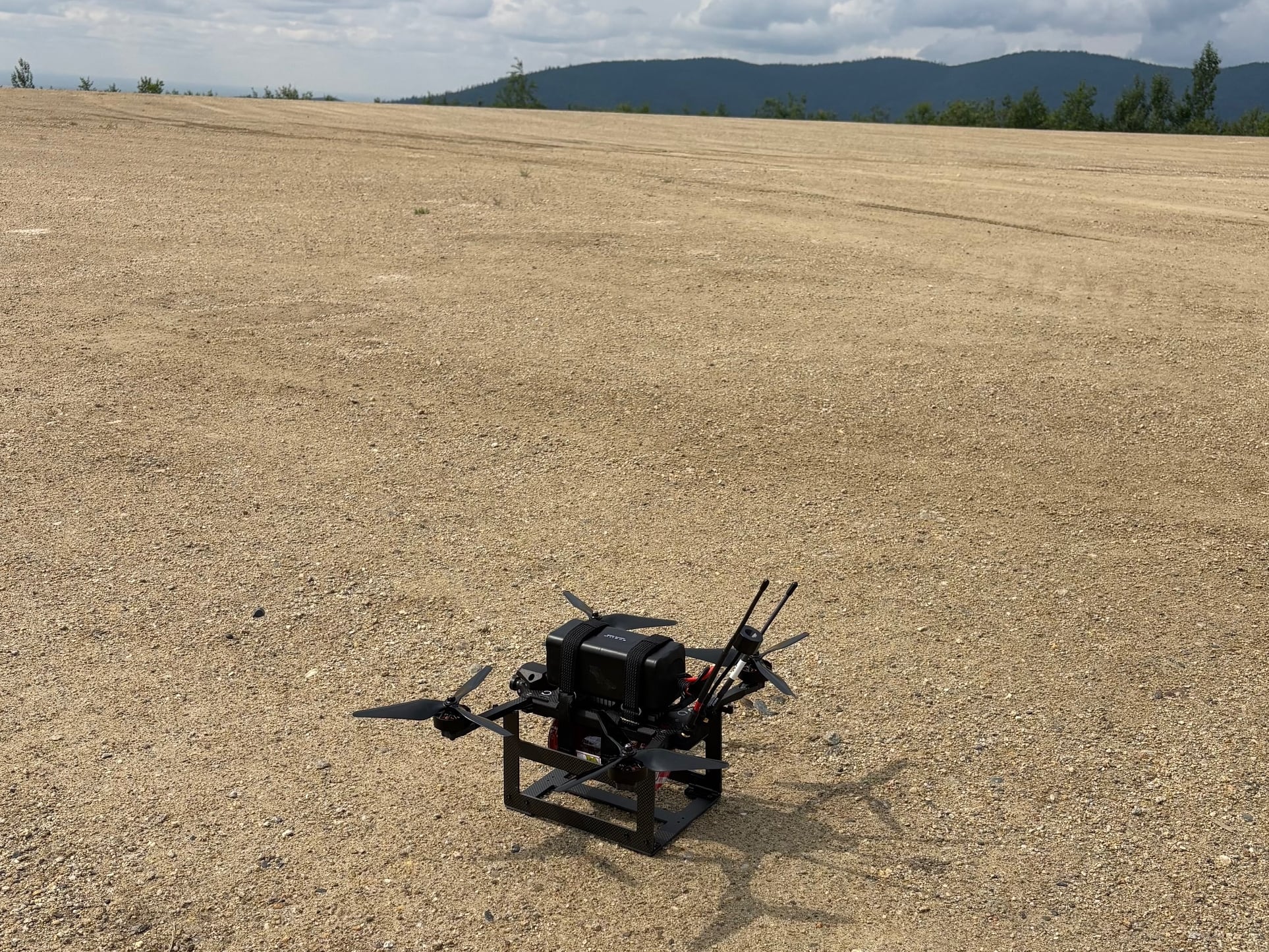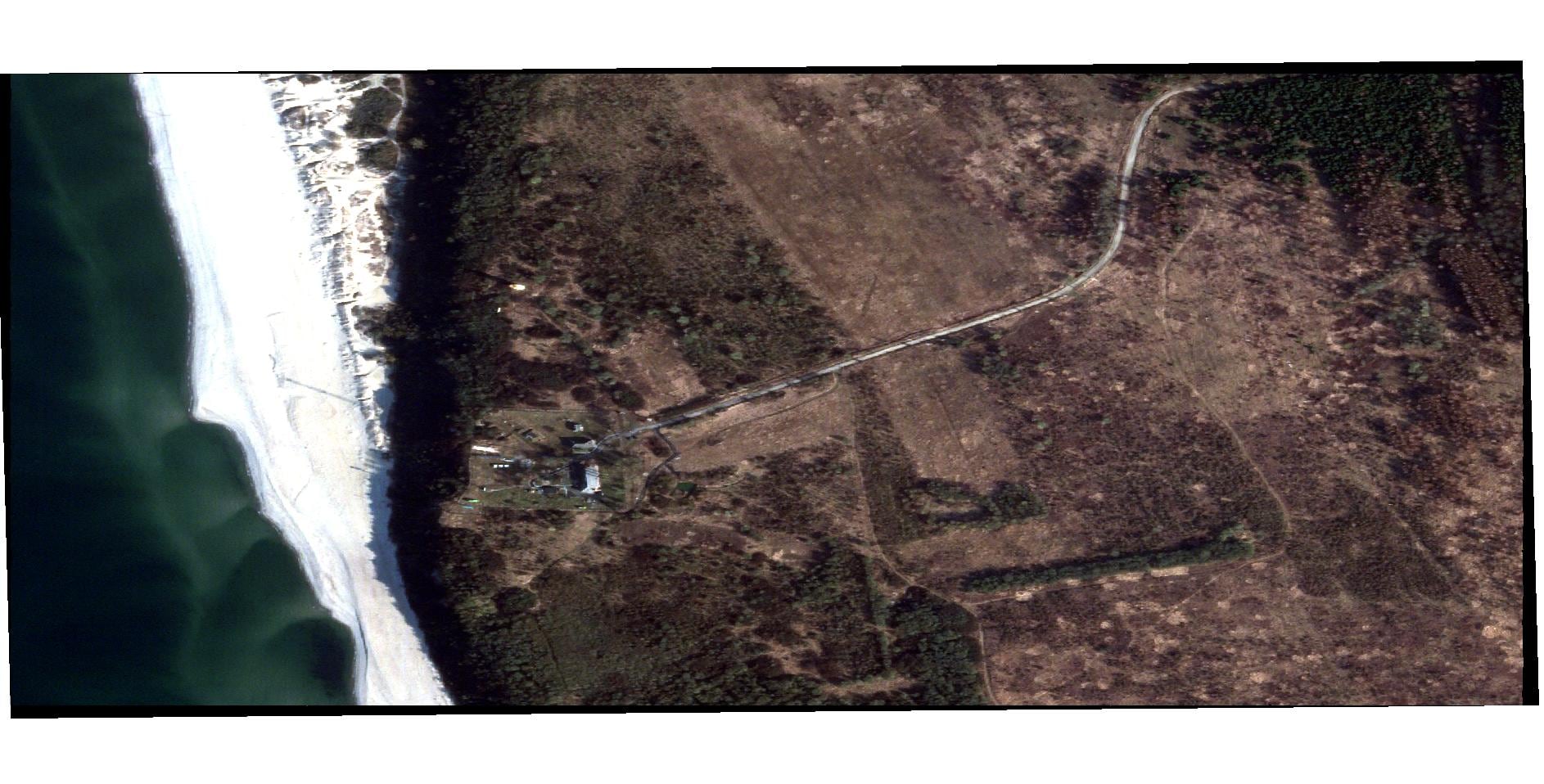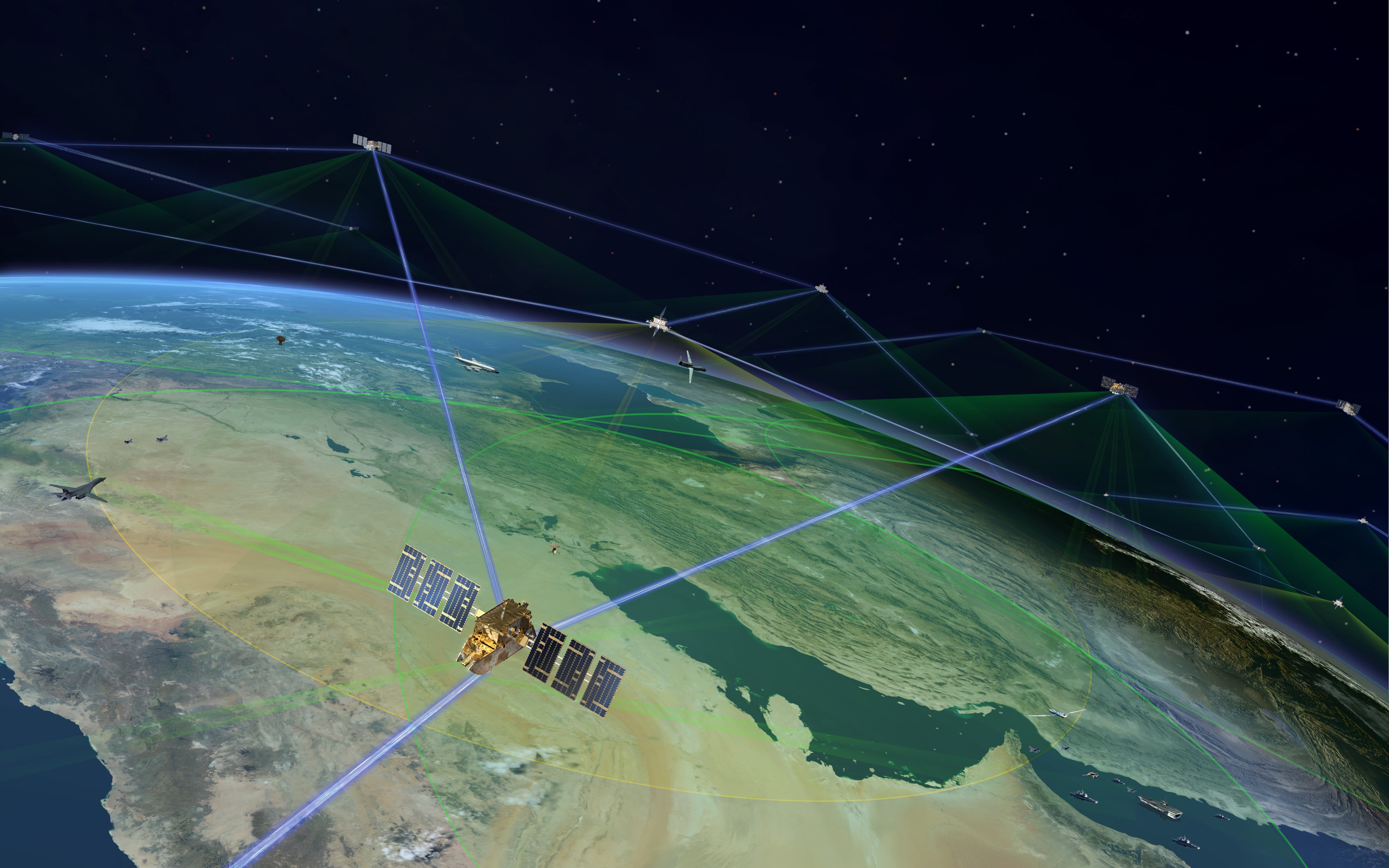Analysts predict consumers will snap up some 245.5 million tablet devices this year in a technology groundswell the military is eager to embrace. Bigger than smartphones and smaller than laptops, tablets may offer a nimble alternative for delivering data mobility.
Early military trials focused on tablets in training scenarios. Increasingly, though, planners are looking for ways to take the tablet out into the field, either for routine support tasks or operational implementations.
"We're very intrigued with what the tablet will allow us to do in the tactical environment," said Col Pete Dillon, strategic planning chief for Headquarters Marine Corps C4. "That is interesting to us because it represents a more usable, accessible form factor for our subscriber."
Fine-tuning precision strikes
Marines in the field already have been taking their tablets to work. In Afghanistan, for example, AH-1W crews have been using iPads to access maps and other data to ensure precision strikes. The Marine Corps describes these as largely ad hoc efforts, initiated by troops in the field. Dillon's office has been directing more formal trials in an effort to set official policy for such uses.
At Marine Corps Air Station Yuma, Arizona, Marines in tilt-rotor aircraft use tablets to access information while en route to specific mission objectives. So far they've tapped rudimentary data such as charts and file sharing. Eventually, Dillon said, they will be able to access a rich array of needed information.
Tablet adoption comes in response to specific operational needs. "Today our aircraft can send Marines deeper into areas than ever before," Dillon said. "In the time it takes to get there, the ground situation will almost certainly have changed. So how do we share that new information with them, when they are that deep in? That is the root of what we are trying to do."
Keeping maintenance up to date
The Air Force, meanwhile, is looking to tablets as a means to streamline maintenance work, paring back the need for personnel while getting aircraft up in the air faster.
The service is deploying 4,155 iPads across nine air bases for use on F-15s, A-10s, HH-60s and diverse other aircraft. Shaw Air Force Base in South Carolina already has 540 tablets in place. Rollout is underway at Nellis Air Force Base in Nevada, and the rest should be rigged out by September.
Beyond the manuals and documents that have been tried in other services, Air Force's iPads also are delivering some 95 videos to guide personnel through daily tasks. The videos have been developed based on requests from air stations seeking extra instruction for complex or time-consuming tasks, said SMSgt Ed Dierkens, Air Combat Command strategic integration superintendent.
A Microsoft Lync connection enables the tablet to connect a maintainer to any supervisor in the chain. "Now [a maintainer] can actually do a video call to someone who can show them what's broken without waiting for someone to come to the aircraft," Dierkens said. "We are trying to really reduce the amount of unproductive time that we have."
There's a financial incentive as well. Fielding tablets costs 62 percent less than deployment of the previous technology, ruggedized laptops, Dierkens said. He expects to cut his $8.5 million mobility budget down to about $3.6 million.
Dierkens also has outfitted these tablets with cellular connectivity. The ability to tap into a network via cellular was deemed necessary after planners discovered "absolutely atrocious" lapses in Wi-Fi availability on bases. "We had people who were only able to connect to use the Wi-Fi 36 percent of the time. There was a huge deficit there," he said.
Hitting the books
As the Marines consider airborne operations and the Air Force looks at maintenance efficiencies, the most prominent tablet trials these days still are playing out in the realm of training and education.
At the Army's Command General Staff College at Fort Leavenworth, Kansas, students carry tablets as a replacement for lugging pounds of books and for studying on the go. At the U.S. Army Ordnance Corps and School in Fort Lee, Virginia, the service has equipped students with some 400 iPads, giving them access to diverse training materials such as ordinance identification documents and disarmament processes.
"We rely on the Army learning model, which means getting out beyond the traditional classroom environment, and with that we are looking to leverage technology," said MAJ Mike Love, project manager for the mobile project office, Army Training and Doctrine Command.
The Navy, meanwhile, has its own training agenda for tablets, as it begins a "pre-pilot" rollout of some 200 mobile devices at Recruit Training Command Great Lakes, Illinois. This precedes a planned $300,000 effort to equip all new recruits with the technology. The tablets will come loaded with the trainees' entire curriculum, giving students portable access to a wide range of coursework and training materials.
Eventually, planners say, this eSailor project will lead to a scenario in which new recruits are issued a tablet upon entry, and are instructed to keep the device for the duration of their military service, making it their go-to source for a range of mobile information.
Planners also will be looking at form factor to determine whether the present 8-inch device is optimal for the planned use. They're seeking to balance the advantages of a bigger screen with the need to minimize weight and size of the device for sailors on the go.
The eSailor initiative could also prove a recruiting tool for a generation raised on mobile devices. "We at the Navy espouse that we are the most technically advanced Navy in the world, and we want to impart that we are one of the leaders there," said CAPT Heedong Choi, chief of staff, Naval Service Training Command.
Finding the right fit
Despite active interest in tablet use, some in the military continue to hold the devices at arm's length.
Take Nett Warrior, the Army's integrated system of advanced navigation, situational awareness and information-sharing capabilities for the dismounted soldier. Program planners say they want mobile connectivity, but they believe a smartphone will do the job just fine for now. "The tablet is not what we would want for a dismounted soldier and leaders to maneuver on the battlefield with. It's just too big," said Pat Berger, deputy, TRADOC Capability Manager-Soldier.
In its early stages Nett Warrior incorporated laptops for processor capability. As devices have gotten smaller and more powerful, the program dropped the laptop and deemed tablets unnecessary. "With our cellphone capability, it fits on the soldier nicely and it gives him enough of a display to be able to do the things he does," Berger said.■








